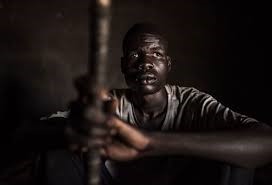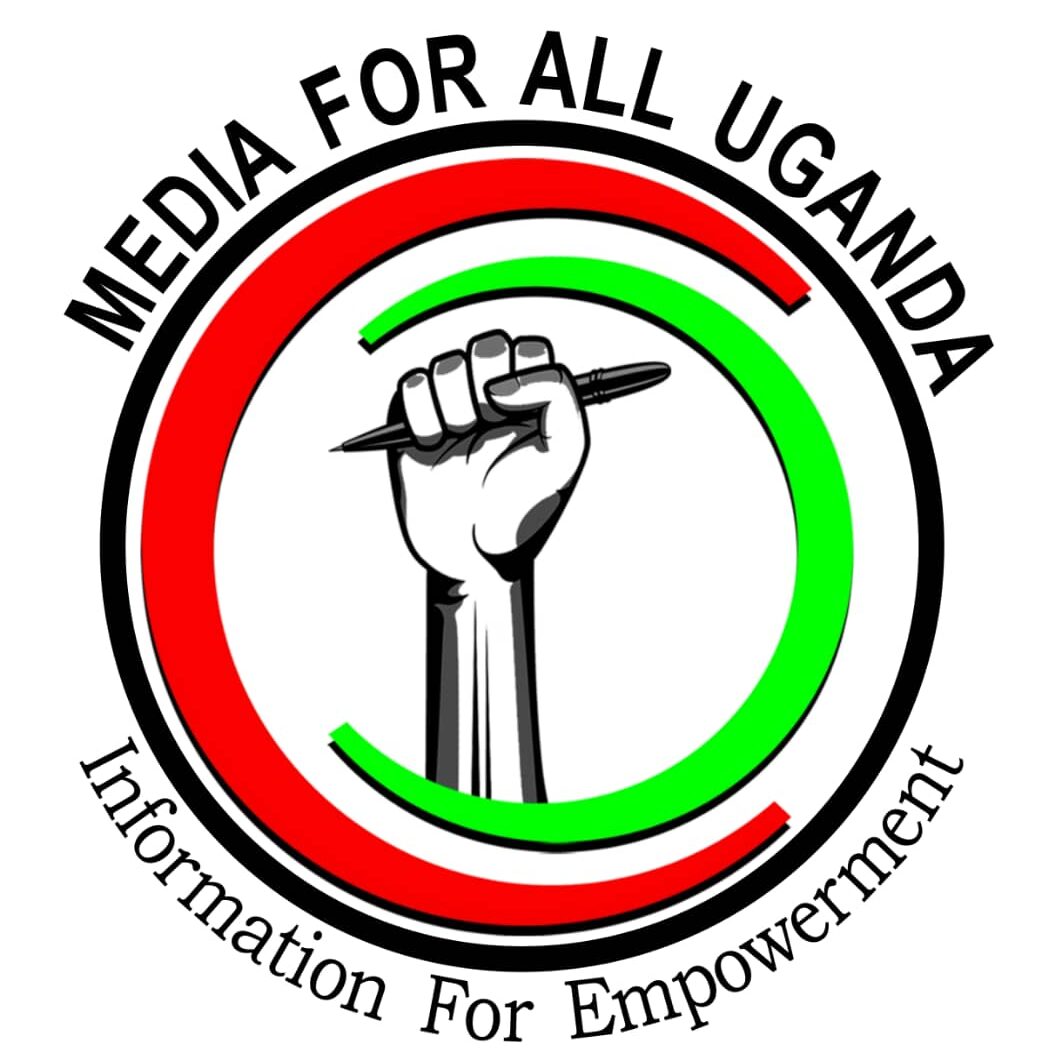GOVERNMENT EXTENDS RIVERBLINDNESS ELIMINATION PROGRAM TO REFUGEE COMMUNITIES IN ADJUMANI.

By Bazio Doreen
Government through the Ministry of Health, has kick-started the mass treatment program for the river blindness disease among refugees and host communities in Northern Uganda, including Adjumani District. According to UNHCR (April 2025), Adjumani hosts about 230,683 refugees.
Records at the District Health Office, Adjumani, indicate that the endemic population (at risk) is 34,193 (CDTI data 2024), with 99.8% of them mainly South Sudanese refugees in the Pagirinya and Nyumanzi Refugee Settlements) Dzaipi, and (Elema, Borooli and Baratuku Refugee Settlements) Arinyapi sub-counties.
While launching the program at the district headquarters on Thursday, May 8th, 2025, Elisa Byamukama, the Program Manager Carter Center who represented the Ministry of Health team, said that the program targets to start by training 285 Village Health Teams (VHTs) and supervisors, a move that is in line with the treatment target of 90% after verification of the prior screening done. The medicines are also expected to be delivered in the third week of May 2025.
The Carter Center works with national ministries of health in Latin America and Africa to eliminate river blindness, one of the leading causes of preventable blindness worldwide.
Byamukama also further revealed that the program will then be integrated into the routine treatment and sensitization activities on the disease done at least twice a year as a sustainability plan. Previously, the District Health Team were only covering the host communities. He, however, cautioned that sensitization should be widely done before rolling out the program.
“It is a complicated disease. If someone gets it and they already have worms, they are not supposed to take it for more than a month,” Byamukama explained.
River blindness, also known as Onchocerciasis is a neglected tropical disease caused by Onchocerca volvulus, a parasitic worm spread by bites from infected black flies that breed in fast-flowing rivers and streams. Once a person has been bitten by a blackfly infected with Onchocerca volvulus, symptoms may take between one and two years before manifesting. The symptoms include severe itching of the skin, changes in skin pigmentation, bumps under the skin, itching of the eyes, loss of skin elasticity, and visual impairment, including permanent blindness.
On his part, Dragule Robert, the District Vector Control Officer, affirmed that indeed sensitization and mobilization are very key. He added that each of the trained VHTs will be given a given number of households to sensitize before the mass treatment campaign commences.
“If we engage the community, we shall not have any issues because we haven’t been treating them. We need to sing into their mind,” Dragule said.
Meanwhile, Bill Francis, the Public Medical Officer Medical Teams International, the leading partner in integrated health service delivery, said that they would support the government in sensitizing the refugees because, from their experience, the success of the program will depend on it.
“We can utilize the weekly health radio program on radio Usalama managed by MTI. We need to start next Tuesday. It is natural in Uganda to first resist something new, but gradually people change,” Bill noted.
In 2018, the Uganda Onchocerciasis Elimination Expert Advisory Committee convened by the Ministry of Health called for the inclusion of refugees in mass treatment in a bid to eliminate cross-border Transmission of river blindness.
Uganda has registered strides in combatting river blindness since 2007, when it launched a nationwide transmission elimination policy based on a twice-per-year treatment and vector control/elimination.
In Adjumani, the River Ayugi is the main breeding ground for simulium vectors. 41 black flies have been caught in the past 3 years, while 27,795 people have been treated since 2010.
